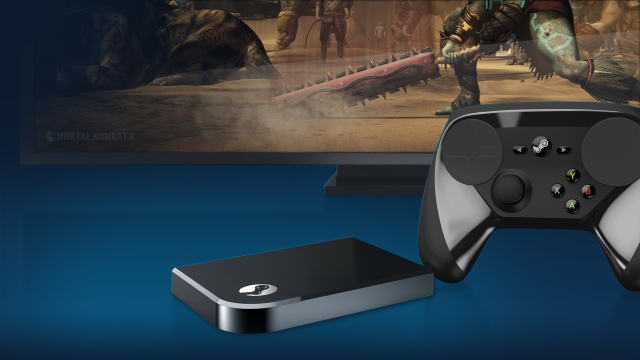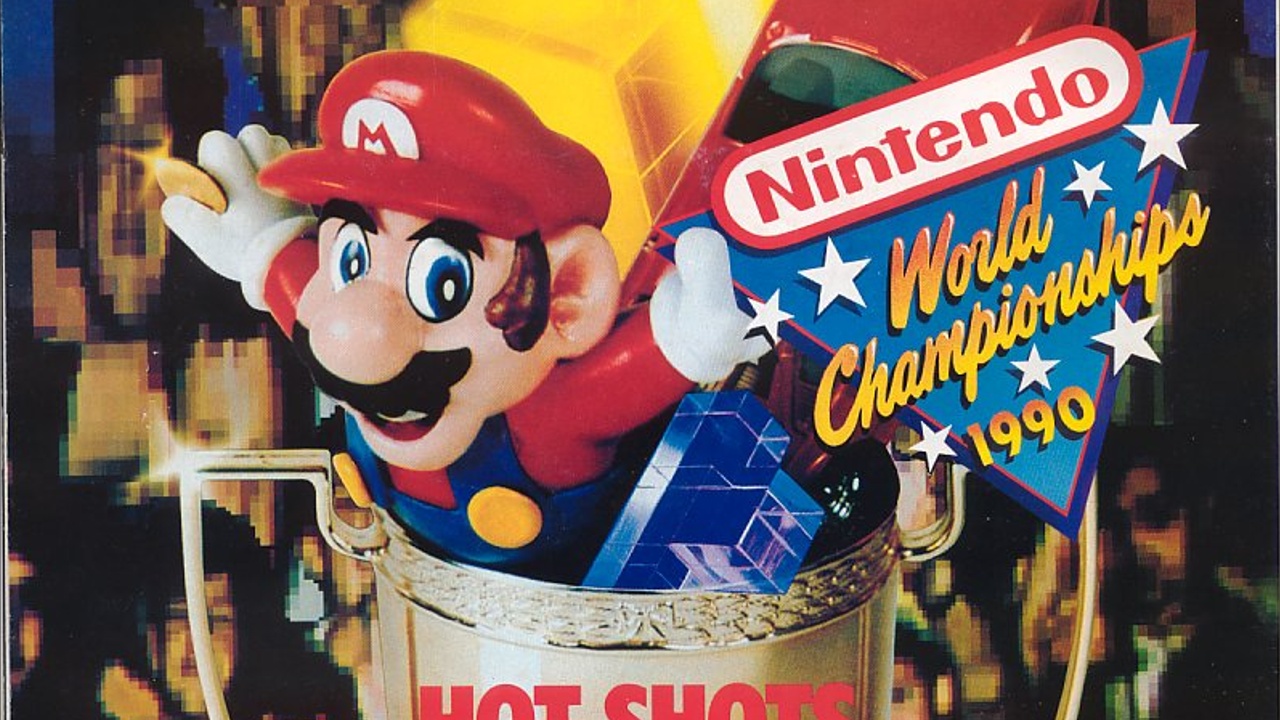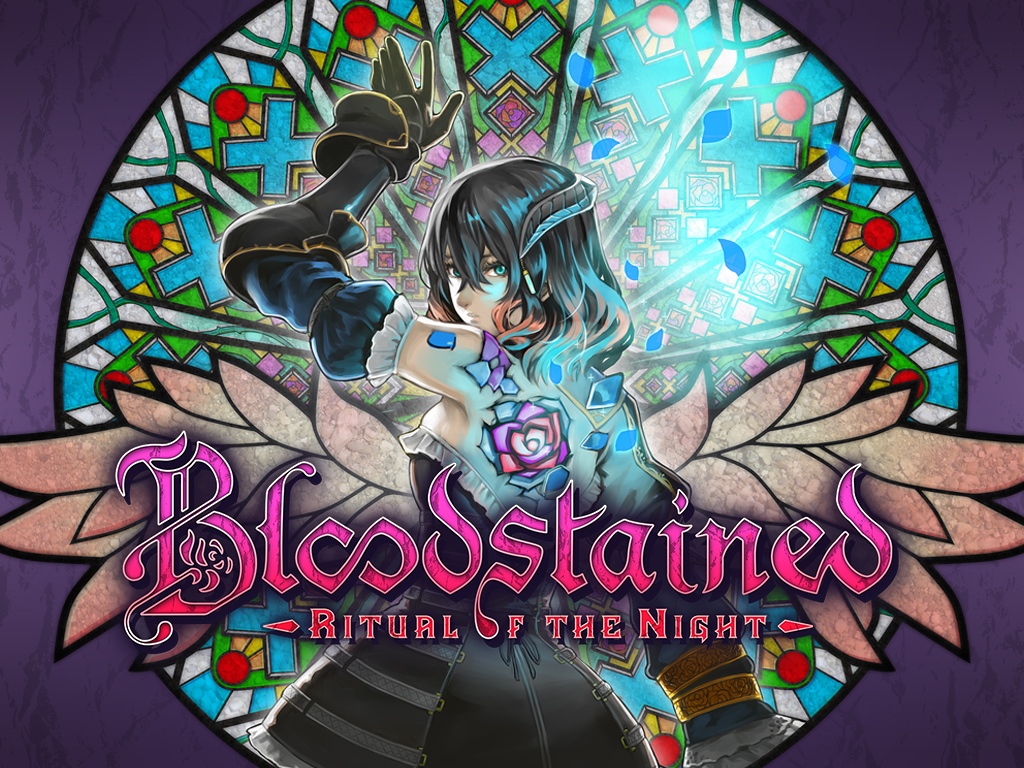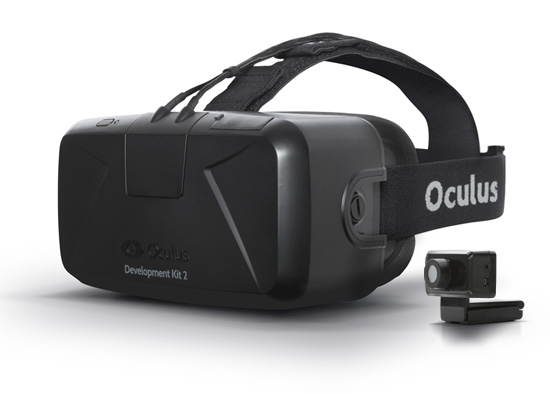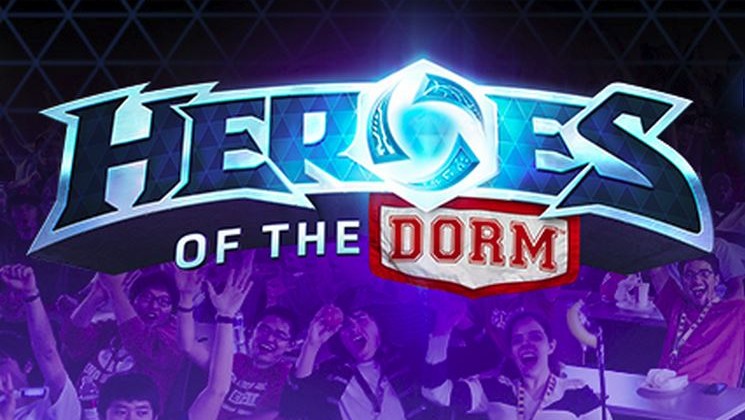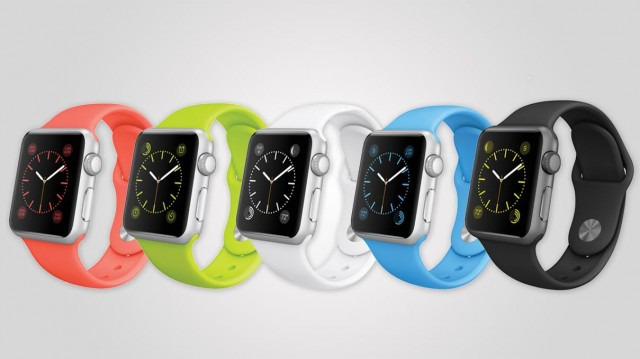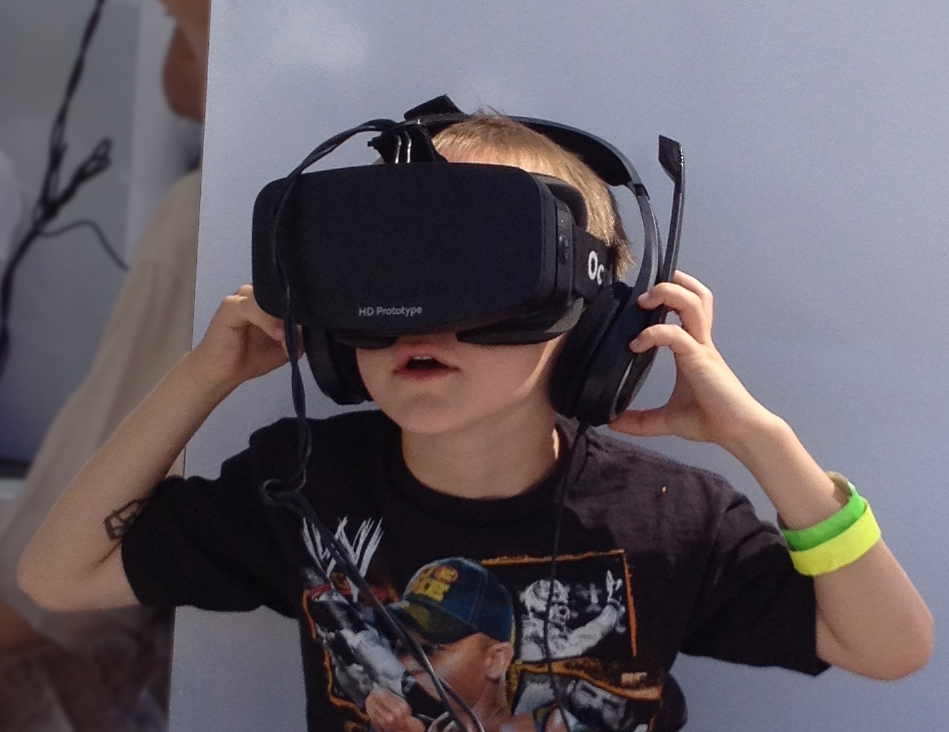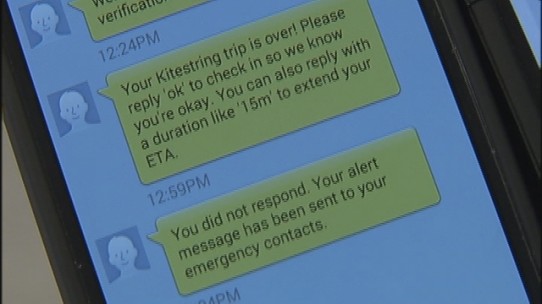Interview with a Journalist: Chelsea Stark Edition
By Valerie Turpin
Of the many cool things I can do while working at TriplePoint, one of my favorites is interacting with journalists. Talking to intelligent people who are passionate about the same things I enjoy? Don’t mind if I do.
Recently, I had a chance to speak with the lovely Chelsea Stark, games reporter at Mashable, about life and work in the games industry. In the following Q&A, Chelsea discusses the origins of Mashable’s games content, what her average inbox looks like (spoiler alert: it’s not pretty), and tips for those looking to pitch her their next project.
Be sure to check out Chelsea’s work at Mashable, and follow her on Twitter @chelseabot.
——
Alright, let’s get your name and occupation.
My name is Chelsea Stark, and I’m the games reporter at Mashable.
What made you get into specifically games journalism?
I kind of fell into games journalism, I guess, because I had always looked at it as “hey, that would be a fun job,” but thought, “that’s not really a job” [laughs]. I already had a background in local news, and I had always been passionate about combining new technology with reporting, so ending up at Mashable was a pretty logical fit. And when they didn’t have a games reporter, of course I jumped on that opportunity.
So did you push to become the games reporter, or were they already looking to build that out?
They were never thinking about it, really. Before I came on, there had been some freelancers covering games, but no single dedicated person. There was also an entertainment editor who covered games as part of his beat, but he left about a month after I started. He was nice enough to give me his contacts, and that’s kinda what started it.
Basically, I kept doing it and doing it, and I had an awesome direct boss who was really supportive of the idea and was also passionate about games. But it took about a year for the whole thing to actually happen. I mean, you have to prove yourself if you’re going to do something like that. It’s a big risk for a company.
You’re still a small games team, correct?
“Team!” It’s me; I have the luxury of being able to tap a couple different freelancers and a couple of really talented interns, and sometimes I get help from people who know something about games here or there.
But you’re the gatekeeper?
I’m the gatekeeper! Anything games-related that happens on Mashable, it generally runs through me.
That’s really cool. What’s something you would love to cover?
I think character-driven stories are the most interesting stories, and I personally love the more human interest stories, whether it’s something like “why do people play games” or “what makes it harder for some people to be gamers.” I’d really love to do a big profile on gamers with disabilities; I think that would be really cool. I think it’s also really interesting how technology is changing our culture, how games have changed our culture, and how games bring people together. I think those are more interesting stories than, hey, look at this cool new trailer. I really want those cool, captivating stories.
Moving toward the line of PR questions, what’s the best pitch you’ve ever had?
I’m a big fan of the personalized, TL;DR pitches. You know, give me the information of why I should care. Make it funny, make it interesting, and tell me why it’s relevant for me, because we’re not exactly the same as other sites, and nobody likes being generalized.
How many pitches do you generally get in a day? I’m sure your inbox is a disaster [laughs].
It’s pretty much a disaster, yeah [laughs]. I feel like I’m getting pitched about 100 times a day, could be a little less, but it’s not just pitches that are over email. It’s on Twitter, Facebook… if people figure out an internet way to reach me, I’ll get pitches through it. Sometimes I get kind of annoyed if I get pitches through LinkedIn, about.me, Facebook, all that stuff. Just funnel it to email! It’s not like my email is that hard to figure out [it’s chelsea@mashable.com, everyone], so I feel like it’s lazy to not just look for it.
Makes sense. Most people seem to be pretty against pitches that aren’t email these days – what about phone calls?
I hate my phone! A phone call is a last ditch, holy sh*t effort, or if we already have a really good relationship. That’s a fine reason to call me. Otherwise, I had a desk phone about a month and a half ago that got replaced with Google Voice, but I think a lot of people still have that phone number, so I imagine my fake desk phone is ringing a lot right now.
I remember last year around E3, I got maybe six calls in one day, and the guy sitting next to me was just cracking up because I was getting madder and madder every time the phone rang. And it was all stuff where I had already not being interested in three earlier emails, and we never had a relationship before.
So what’s the best way for someone to start a relationship with you?
Just be genuine. I can recognize if you’ve done a mail merge or if the email looks like copy text, but if you say “hey, I read this story about this, and this is why I think you would like this,” then I’m up to read it. I got a really good pitch from an indie developer at PAX who said something like, “hey Chelsea, I like you, I think your stuff’s cool, I like this story you wrote, please meet with me, here’s my studio, here’s a couple lines about us.” It was perfect: it was short, it was to the point, but it also showed she made the effort.
Do you get pitched by developers often?
Yeah, sometimes I do. Sometimes it’s stuff that I might not be able to cover; some are great, some are not good, but yeah, they reach out. A lot of times that’ll start through Twitter, and they’ll ask what the best way to contact me is. And that’s actually okay, but Facebook messages really annoy me for some reason.
Along those lines, what’s something you wish all PR people knew?
Don’t pitch me sh*t that’s not games, because that’s just ridiculous! How often do I have to say this? [laughs] I think a lot of it is they’ll see the name Mashable and will just send me whatever pitch, since that’s where I write. Like tech apps, Mother’s Day stuff…I got pitched for a caffeine powder the other day. I just think, we’re people, I’m a person, be on a human level, and don’t email me a zillion times. If you email me once a day, I will just forget that you exist and send you to my spam folder. I once got 9 emails in 10 days from the same PR person, and I didn’t respond to any of them.
Yikes! Noted. Anything else you’d want us to know?
I would like people to understand that it’s not that I don’t care. It’s that, as a small team at Mashable, I’m having to write stories and organize our games coverage, edit our freelancers, do other administrative stuff, respond to all those emails. There’s very few people that I hate, so it’s not that I’m mean and hate you, promise. I would love to cover more indie games, I just literally don’t have enough time.
——
Have questions about this story or think this is a cool idea for a series? Ping me on Twitter @valeriecturpin, where you’ll also find too many tweets with terrible puns.*
*excellent puns

